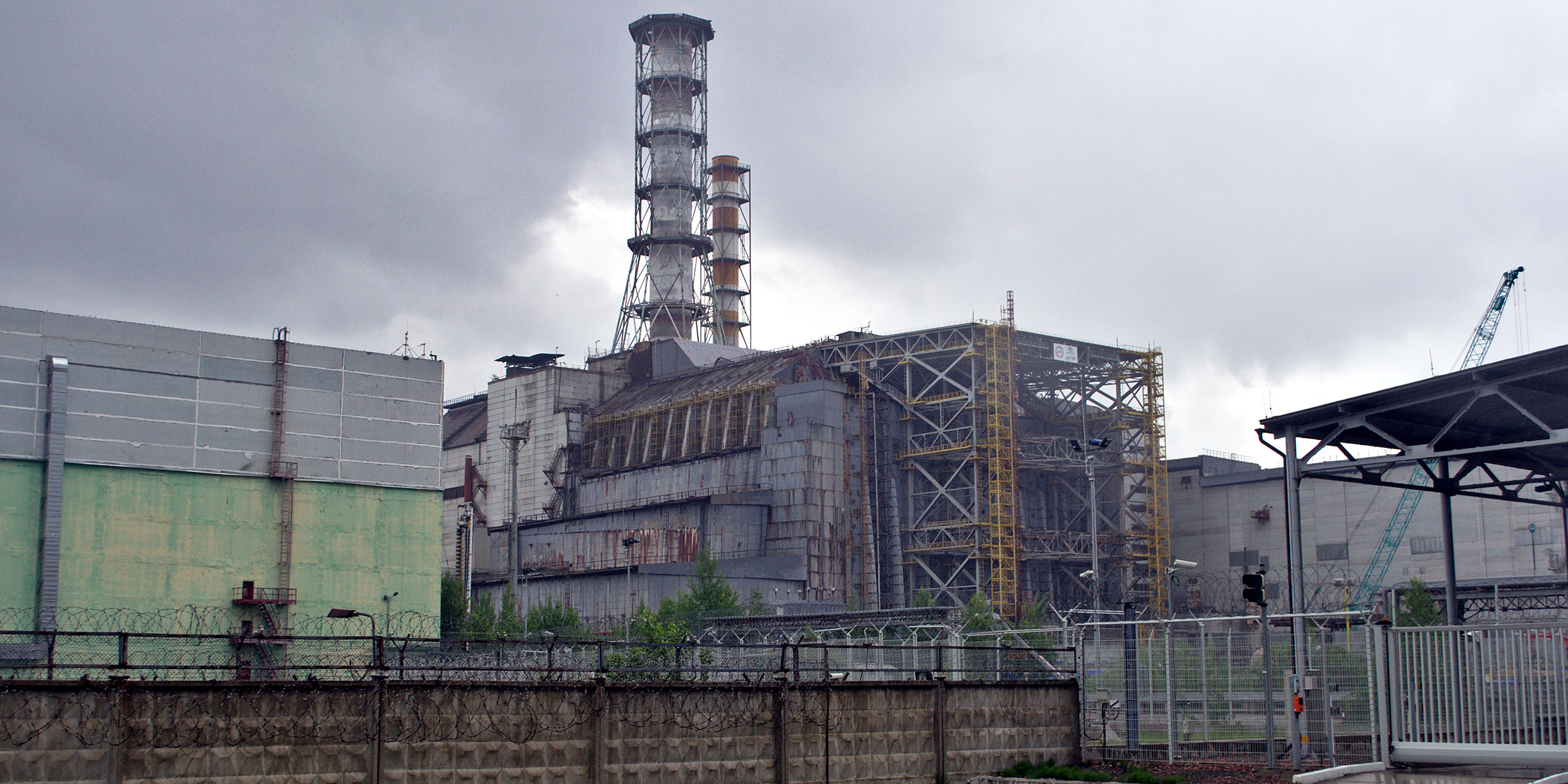Originally published 25 May 1987
The world’s first nuclear power station, at Shippingport, Pa., came on line in the late 1950s. After the horrors of Hiroshima and Nagasaki, the Shippingport plant seemed to vindicate our hard-won knowledge of the atom’s secrets. Here at last was a peacetime use for atomic energy. Magazines were full of articles with titles like “The Atom: Our Obedient Servant.” For most of us, it was the dawning of an age bright with promise.
A few critics warned of dangers. There was talk of “meltdowns,” and explosions, and nuclear waste that would be active for 10,000 years. But all of that seemed a trifle hysterical when weighed against the obvious disadvantages of conventional power.
Coal and oil-fired power stations polluted the atmosphere, day-by-day, and not just at the moment of a hypothetical disaster. Our cities and our lungs were dirty with soot. Strip-mining of coal and oil exploration devastated huge areas of wilderness. Carbon dioxide emissions from the burning of fossil fuels held the ominous potential for changing the Earth’s climate.
By contrast, the snow-white Yankee Rowe Power Station, the first nuclear generating station in New England, sat quietly in its green valley in western Massachusetts, spinning out clean kilowatts and being a good neighbor. I visited the Yankee plant in the mid-60s. It was quiet, unobtrusive, and strangely beautiful. This, I thought, is the future.
Problems and doubts
During the next two decades, doubts began to grow. As nuclear reactors proliferated, the problem of radioactive wastes became especially intractable. Accidents at a number of plants instilled doubts about safety. It became increasingly clear that nuclear plants leaked radiation into our water and atmosphere. The accident at Three Mile Island, in 1979, sounded a death-knell for nuclear energy in America. Chernobyl many have been the funeral.
The Department of Energy recently released a new assessment of the long-term consequences of the Chernobyl disaster. They predict there will be 39,000 extra cancer deaths over the next 50 years as a result of radioactive fallout from Chernobyl. For many people, this is an intolerable toll of human life, all the worse because the agent of death came invisibly on the wind.
In fact, these Chernobyl-related deaths will be a tiny fraction of the 630 million cancer deaths that will occur worldwide during that time. They may also be a small fraction of the deaths that will occur because of other toxic side-effects of technology — including pollution from conventional power stations. Nuclear power advocates say the Chernobyl statistics should be kept in perspective; that nuclear technology should be made safer, not abandoned. They point to the example of France, where a well-managed nuclear power system generates an abundance of clean, cheap energy.
It may be that nuclear power is indeed a “low-risk, high-dread” technology, but that is little comfort to the people who live near Chernobyl — or Plymouth and Seabrook. The level of risk evidenced by the accidents at Three Mile Island and Chernobyl has become politically unacceptable in this country. No new nuclear plants are likely to be built in the United States for the next decade. And maybe never. Although many nations remain committed to the nuclear option, in America the golden age of nuclear power is over.
The future of fusion
Or is it? A new kind of nuclear technology looms on the horizon: power from fusion. Present-day reactors generate energy by splitting apart the nucleus of uranium or plutonium atoms — a process called fission. In fusion technology, energy is produced by fusing together nuclei of deuterium and tritium, both forms of hydrogen.
The fuel for fusion — hydrogen — is a component of water. It is cheap, plentiful, and available to all. A teaspoon of deuterium has the energy equivalent of 300 gallons of gasoline. The amount of deuterium in a large swimming pool could supply Boston’s electrical needs for a year. Unlike uranium and plutonium, deuterium is not radioactive, and tritium only mildly so (it will eventually be possible to do without tritium). The “ash” of the fusion reaction is the harmless gas helium.
Formidable problems remain to be solved before fusion energy becomes a practical reality. For the fusion reaction to occur, the fuel must be raised to a temperature of more than 50 million degrees Celsius. The trick is to contain the fuel while simultaneously heating it to these extreme temperatures. Two approaches show promise: containing the fuel with magnetic fields while heating it electrically; and heating tiny fuel pellets with powerful laser beams. Success may be decades away, but optimism is growing that commercial fusion power lies within our grasp.
Fusion: An inexhaustible energy resource for the 21st century. Clean, safe, cheap. Our Obedient Servant. The language used by the advocates of fusion is disturbingly familiar. Will fusion solve our energy problems once and for all? Or does the cycle of promise and disillusionment begin again?
In the decades since this essay was first written, the construction of new nuclear power stations in the U.S. has slowed, but has not ceased. The most recent nuclear power station to go online was Unit 2 at Watts Bar Nuclear Plant in Tennessee in 2016. Clean and safe fusion power, to date, is still an unrealized dream. ‑Ed.



